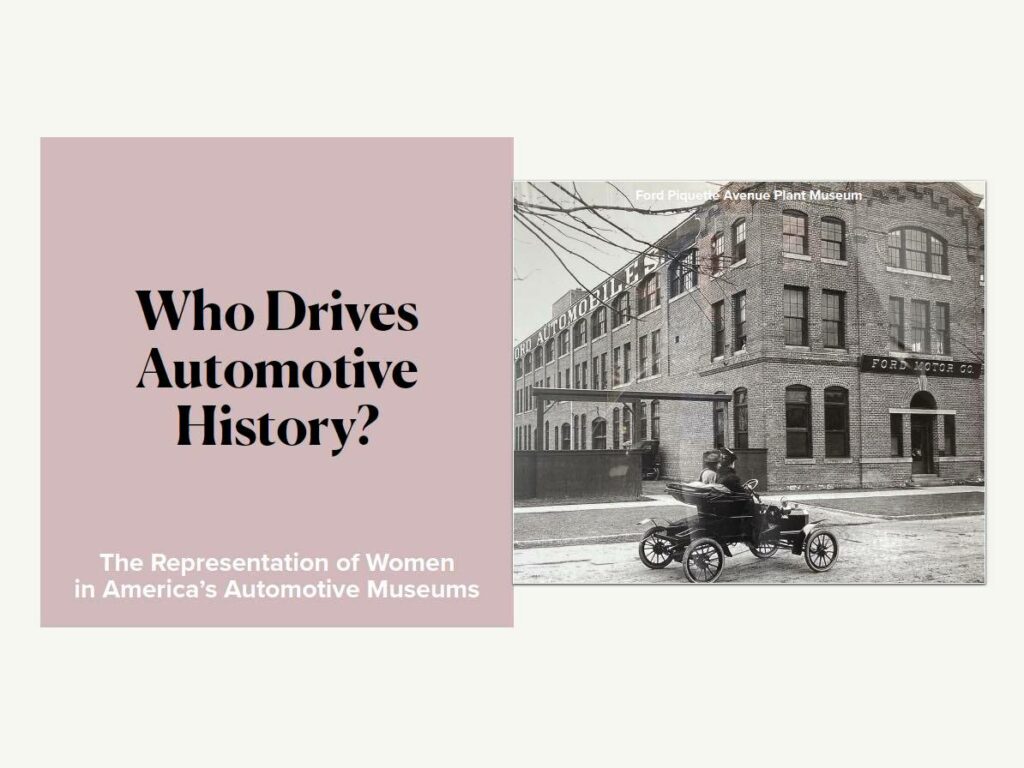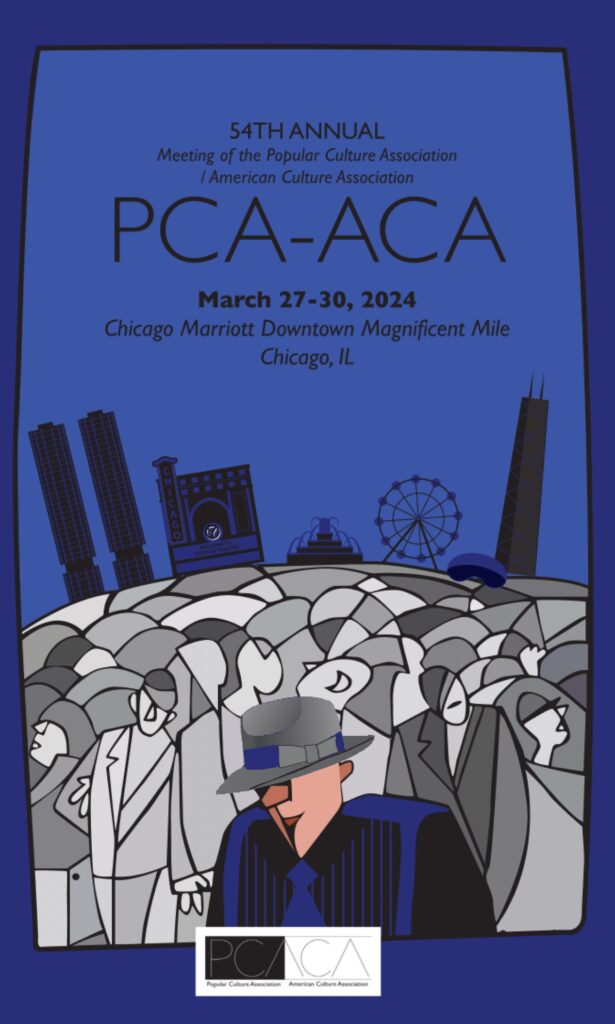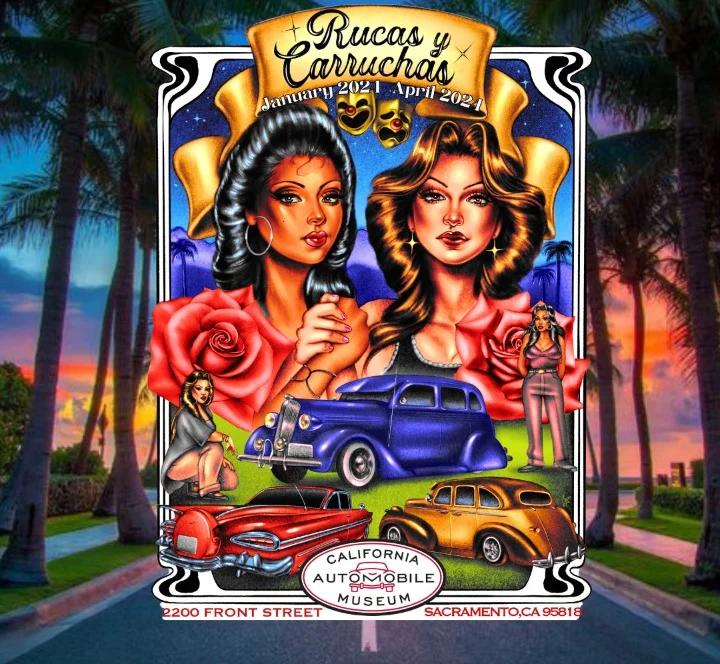
During a recent trip to the west coast we made a stop at the California Car Museum in Sacramento. As one of the volunteers told us, the museum began as one individual’s collection of every early model produced by Ford. While the museum has reinvented itself over time to incorporate other makes and models in its collection, many of the original Fords remain. The collection – while inclusive – is very much a museum of place. Among the historical artifacts exists a strong undercurrent of California Car Culture.
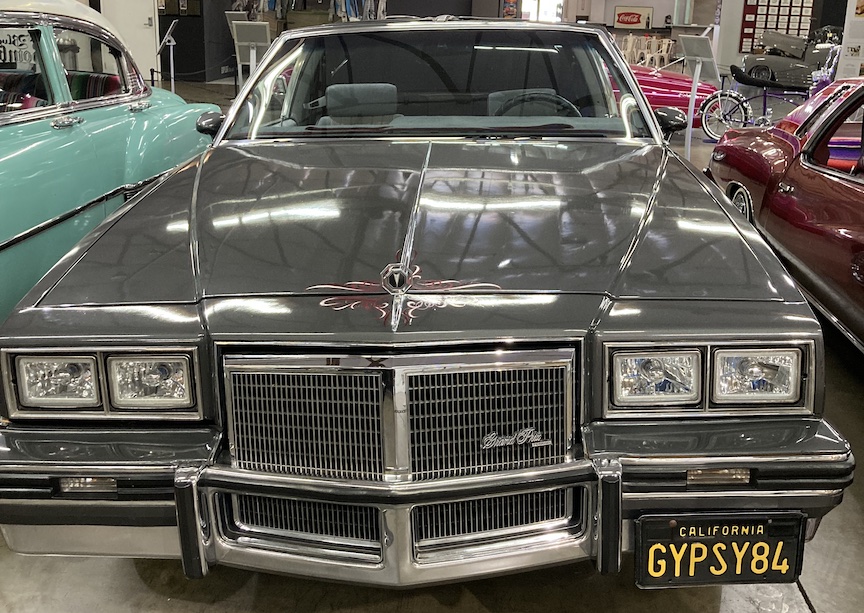
This was very evident in the special exhibit taking place during our visit. ‘Rucas y Carruchas’ is an extraordinary collection of female-owned lowriders, accompanied by photographs, videos, artwork, and numerous stories of women’s involvement in lowrider culture. The individual vehicles are spectacular, ranging from first ‘pedal’ cars and lowrider bicycles to massive 50s era Chevys and 80s Pontiacs that have been restored and reconfigured to reflect the personality and character of the owners. Each car is accompanied by a story, relating how the car was acquired, the significance of the design and décor, and the modifications added to make each vehicle one of a kind. The narratives speak of family, community, friendship, heritage, and the meaning of lowriders to the women who own them.

Much emphasis is made on the importance of passing down this culture to daughters, who often start off with bicycles and move on to cars after obtaining their driver’s licenses. There are videos, posters, magazine articles, clothing, and a variety of artifacts that demonstrate the vast reach of lowrider culture in the community and the importance of the vehicles to individual and cultural identity. I was extremely fortunate to have caught this exhibit while in town as it will be replaced by another at the end of the month.

The general collection of the museum includes many of the ‘usual’ female automotive references; i.e. Bertha Benz, Amelia Earhart, the selling of electric cars to women, and the contributions of automakers’ wives to company success. However, ‘Rucas y Carruchas’ brings attention to how museums with limited artifacts are often able to create exhibits – whether from their own collections or through loans from other sources – to commemorate women’s achievements or to celebrate a certain moment in women’s history, automotive or otherwise. Such special exhibits are often put together during March to commemorate Women’s History Month. The 100th anniversary of women’s suffrage [2020] was also an occasion for these notable displays, although the pandemic did postpone or reduce many of them. However, as special exhibits, the items often disappear once the ‘event’ passes; consequently, women’s contributions to automotive history remain unacknowledged and unknown.
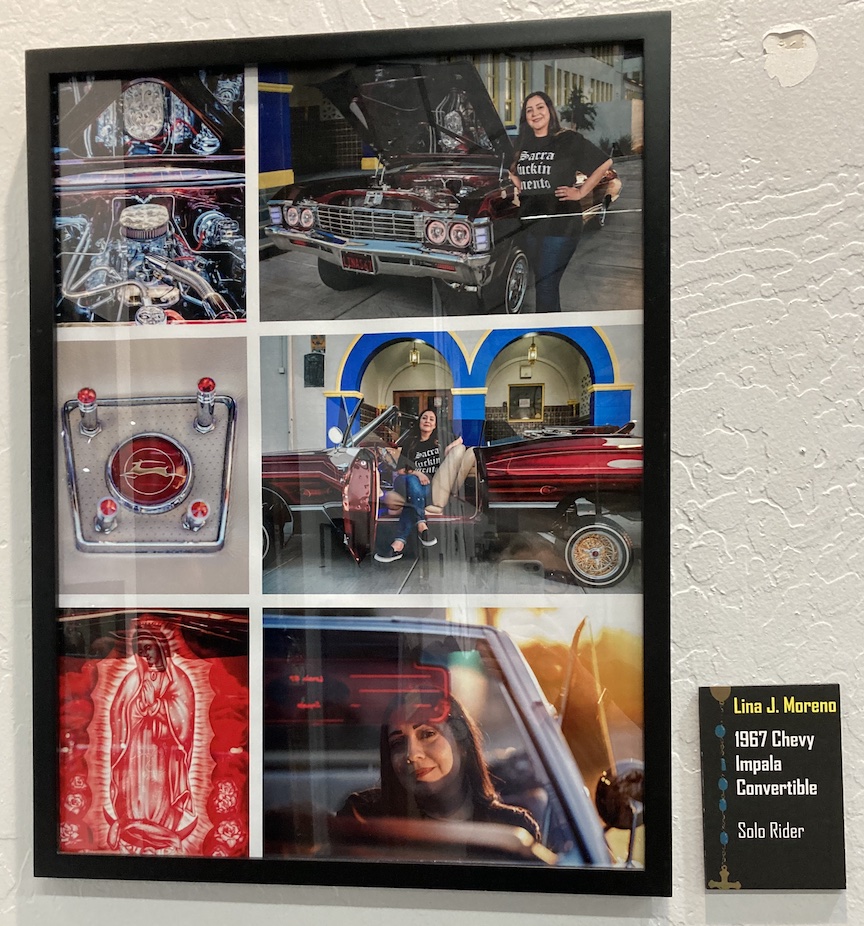
This exhibit is also unusual in that it features the automotive involvement not only of women, but also that of women of color. Although many museums have made efforts to include notable women in automotive history in their collections, very few have endeavored to feature this important yet underrepresented group. The only other instance I encountered was at the Automotive Hall of Fame – the spectacular “Achievement” exhibit included the contributions of African American women. As these exhibits demonstrate, although often rendered invisible, women of color have been important contributors to automotive history and culture in a number of significant ways.

I was extremely lucky to come across ‘Rucas y Carruchas’ during my trip to California. Not only was it an educational and enjoyable way to spend an afternoon, but it brought attention to the importance of special exhibits as unique demonstrations of women’s unrecognized participation in automotive culture.
